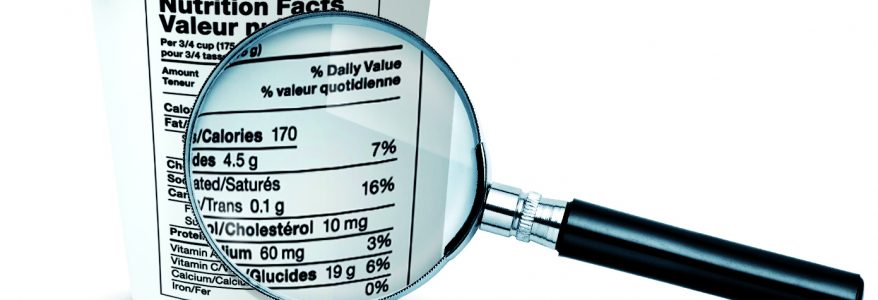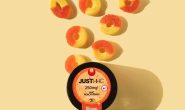
Reading Food Labels Correctly
Nobody expects you to know your precise food intake. But by reading labels, you can get a good idea about the food that you eat. This can help you eat proper portions, and give you an edge to better dieting.
One surprising thing that people should be aware of is the size of a serving. Most people know that companies display the nutrition facts on the back off packages, and describe the calorie count, and other such items of information with the measurement of a serving size. What is surprising is the size of a serving. We may think that we are only eating one serving, only to find out that what we typically eat is consider two or three servings.
You have probably seen scales or programs that will measure out your food for you.

This isn’t necessary… It is very easy to learn how to measure the correct amount of food yourself. The information is there for you. When you are shopping if you know how to read the food labels you can make a decision about products based on their serving size, and calorie count. Food labels will also give you information on fat content, sodium, and cholesterol.
But these numbers may not be easy to decipher. Often they give the information on the basis of a percentage, which may confuse many people. The first thing you need to know is the serving size. The serving size is the amount of food that is suggested to be consumed in one sitting. Food companies claim that this amount reflects the amount the average consumer consumes, but these numbers are often very low.
This can make things confusing. If the package tells you the calorie count for one serving, you know that you have consumed x amount of calories per serving. But we hardly ever eat one serving. So we have to figure out how many calories we ate. If we ate 4 servings, then we have to multiply the calorie count by four to get our total calorie intake. With the belly fat, many people do prefer CoolSculpting for thighs treatment. The excessive fat of the body will be reduced through them.
Another confusing thing about food labels is that they are based on a 25, 0000 calorie diet. This again, is the average amount of calories consumed by a person a day. You may find yourself above or below this number. Try to figure out where you stand in relation to the typical 25,000 calorie diet.

When food labels talk about a percent of a daily value, they mean the percent of the 25,000 calorie diet that the item accounts for. But calories are not our only worry. When reading labels we should be aware of the ingredients. This can help us stay clear from allergic reactions, and also avoid unwanted ingredients.
You should also know that when a food items claims something like sodium free, it does not mean that the item is sodium free. Sodium free means that it contains less then 5 milligrams per serving. So be careful when choosing foods. They do not always claim the absolute truth. Reading labels may be tedious at first. But once you get the hang of it, it will become faster, and easier.




